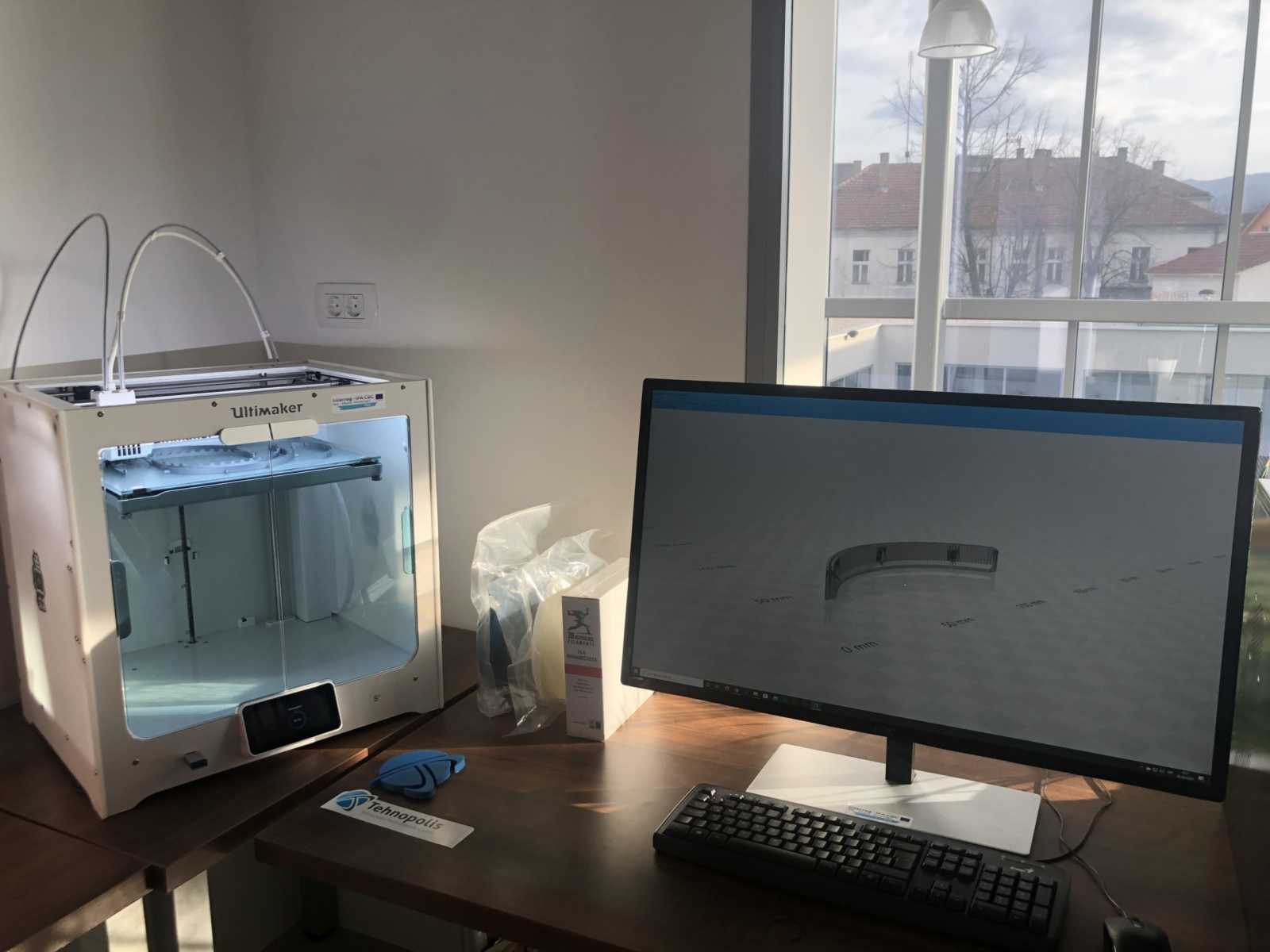
3D Printing Process of Protective Visors
The past few months, marked by the COVID-19 pandemic, have shown the resilience of the country and all individuals in the fight against the crisis that has affected the entire world. In a very short time, it has been proven that innovative, efficient, and fast solutions can be easily prepared and implemented to mitigate the consequences. Each individual has contributed by adhering to the measures in place to minimize the possibility of infection and its spread, while many companies mobilized their resources and operational staff to fight the situation together.
Renowned suppliers, manufacturers, and designers in the 3D printing community quickly responded to the global crisis by volunteering their skills and knowledge to ease the pressure on supply chains and governments. The 3D community in Montenegro soon united after the emergence of the crisis to use their 3D printers to mitigate the effects of the crisis, given that supply chains were significantly weakened during the crisis and demand for various goods, especially medical protective equipment, was rising. An adequate and quick solution needed to be found to prevent a potential problem in the supply of medical equipment.
For this reason, several clusters that informally dealt with 3D printing came together under the leadership of the Science and technology park of Montenegro, with the support of the Ministry of Science, and started printing protective visors and other medical equipment and parts to help those on the front lines. These are four clusters: IPC Tehnopolis, Open Box Studio, 3D Soba, the Capital City of Podgorica, with support from the ETF and MF, UMNE, and numerous members of these consortiums who made a huge contribution.
By entering the process of printing protective visors, the 3D community has positively demonstrated how science and innovation can serve the community and provide the fastest solutions when needed. With our cluster’s quick response, we have also proven the assumption that 3D printers can be used for mass production, especially in crisis situations. The fact that we have used over 45 printers since the beginning of the pandemic, delivering over 9,000 protective visors to various parts of the community, further supports this. This number will continue to grow in the coming period.
The national Coordination body for infectious diseases recognized the efforts of the mentioned clusters and, in coordination with the STP Montenegro, provided financial resources for the procurement of necessary raw materials for further printing, which at one point disappeared from the shelves of all consortium members.
This action has created a completely new market space with significant potential for further development and stimulation of innovative potential for anyone interested in pursuing this type of work. In addition to printing protective visors, the creation of models for printing other forms of protective equipment and their parts has begun, ensuring that the healthcare system is also supplied with other necessary equipment.
This action sends a strong message that the field of 3D printing is a completely new and underutilized segment of the market that has potential applications in various industries, characterized by the ability to rapidly model and produce as well as scalability for business use. The use of 3D printing should become a standard practice, even outside crisis situations, enabling potential and existing businesses to enhance their services and production capacities while developing the innovative potential of employees in companies that have adopted 3DP.


